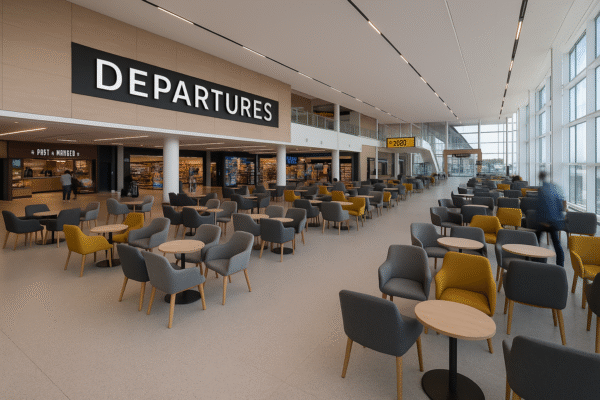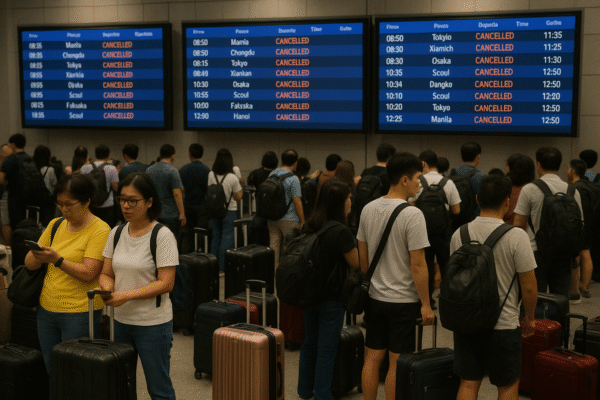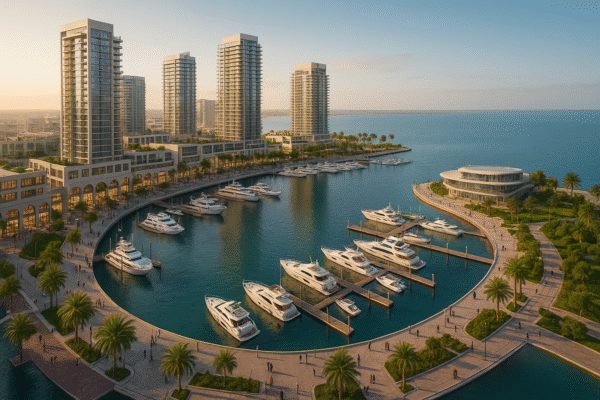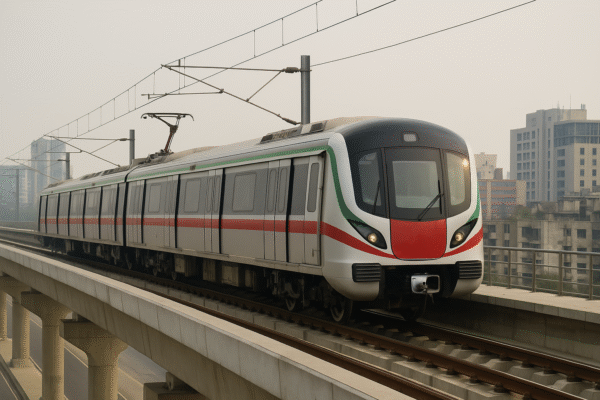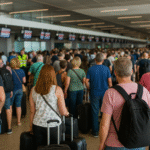HANOI, Vietnam — Hanoi is on track to transform its bustling transport landscape with two major metro lines scheduled to commence operations by the end of 2025. These long-awaited infrastructure upgrades form part of a bold urban mobility vision that aims to combat chronic congestion, reduce environmental impact, and make Vietnam’s capital a more attractive destination for both residents and international tourists.
The two new urban railway projects — Metro Line No. 2 (Nam Thang Long–Tran Hung Dao) and Metro Line No. 5 (Van Cao–Hoa Lac) — will break ground in the fourth quarter of 2025, according to an announcement by the Hanoi People’s Committee. With a combined investment of approximately $4.66 billion, these lines are pivotal components of a broader national strategy to develop modern, eco-friendly public transportation in the rapidly growing metropolis.
Major Transit Milestones in the Making
Metro Line No. 2, set to begin construction on October 10, 2025, will stretch from Nam Thang Long in the north to Tran Hung Dao in the heart of the city. Designed to cut down travel times dramatically, the line is expected to ease congestion in core districts and streamline routes to vital public hubs such as government centers, commercial districts, and cultural landmarks. Once completed, a trip from the Old Quarter to Noi Bai International Airport — which currently takes nearly an hour — could take just 15 minutes.
Following shortly after, Metro Line No. 5 will commence on December 19, 2025, connecting Van Cao in central Hanoi to the burgeoning satellite township of Hoa Lac in the west. This route addresses the persistent gridlock in Hanoi’s western gateway and is expected to serve new residential zones, tech parks, and universities including Vietnam National University’s Hoa Lac campus.
A Strategic Response to Urban Growing Pains
The expansion comes at a critical moment. Hanoi, home to over 8 million people, faces mounting challenges from outdated road infrastructure, booming car ownership, and unsustainable travel habits. According to Vietnam’s Ministry of Transport, traffic congestion costs the capital more than $1.2 billion annually in lost productivity and pollution-related health expenses.
These two metro projects are part of Hanoi’s comprehensive urban transportation plan, which aims to shift 30–35% of all daily commutes to public transit by 2030. Integrating with existing lines — including the operational Cat Linh–Ha Dong line and the under-construction Nhon–Hanoi Station line — Metro Lines 2 and 5 will anchor a future 14-line rail network planned for completion by 2050.
Smart Mobility for a Smart City
Urban planners and transport experts laud these developments as crucial steps toward building a smart and sustainable capital. Not only will the metro lines shorten travel times and reduce road traffic, but they will also lower carbon emissions by offering commuters a cleaner alternative to motorbikes and cars.
“The Hanoi urban rail system will play a vital role in achieving Vietnam’s climate goals and improving urban livability,” said Tran Thi Hien, a policy expert at the Vietnam Institute for Urban Planning. “The design integrates high passenger capacity, energy-efficient trains, and transit-oriented development around stations.”
The Asian Development Bank and Japan International Cooperation Agency (JICA) are among the key financial and technical partners supporting Hanoi’s rail expansion, underscoring the importance of international cooperation in delivering infrastructure for inclusive growth.
Metro Development to Enhance Tourism and Investment
For the tourism sector, these metro lines are more than just public infrastructure — they are tools for transformation. As Hanoi continues to draw over 6 million international visitors annually, ease of transportation becomes essential to tourist satisfaction and safety.
“Better transit access will allow visitors to explore more of the city — from historic temples in Hoan Kiem to tech parks in Hoa Lac — without the frustration of traffic,” said Nguyen Minh Anh, Deputy Director of Hanoi Tourism Department.
In addition to stimulating tourism, the projects are expected to drive foreign direct investment (FDI) into surrounding districts. Transit-linked zones typically see a rise in real estate values, increased retail activity, and higher demand for services — all of which align with Hanoi’s vision to become a regional innovation and logistics hub.
Transparent Development and Public Engagement
Hanoi authorities have committed to public transparency throughout the construction phases. Regular updates will be shared through the Hanoi Department of Transport, city government websites, and community feedback forums.
Officials are also launching educational campaigns to prepare the public for metro etiquette, safety, and environmental benefits — drawing on lessons from other Asian cities like Bangkok and Seoul, where similar urban rail systems have reshaped commuting behavior.
A Glimpse into Hanoi’s Future
Looking ahead, the successful execution of Metro Lines 2 and 5 will pave the way for further progress on Hanoi’s master plan, which includes additional urban rail, bus rapid transit (BRT), and smart mobility solutions. By 2050, Hanoi envisions a fully integrated, climate-resilient transport network that supports sustainable growth for a population projected to exceed 10 million.
As the capital breaks ground on these transformative metro lines, it signals more than just improved infrastructure. It represents Hanoi’s leap toward becoming a cleaner, smarter, and more welcoming city — one rail at a time.
For more travel news like this, keep reading Global Travel Wire

